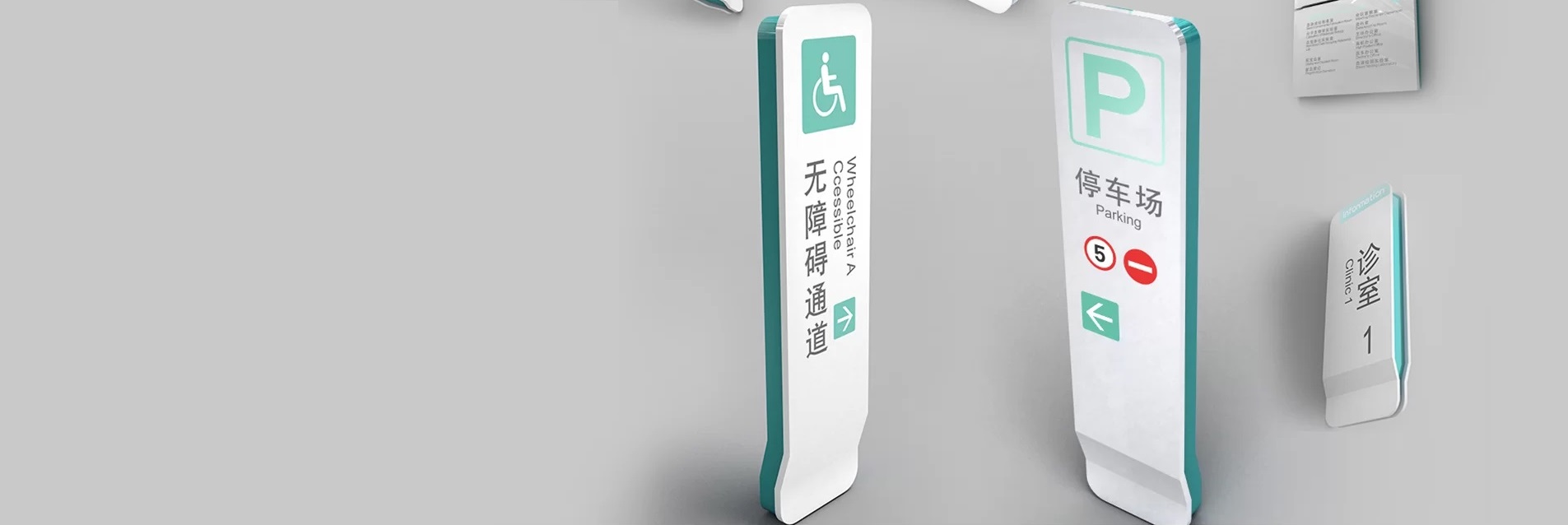Outdoor Wayfinding Signs: Enhancing Navigation and User Experience
Outdoor wayfinding signs play a critical role in guiding individuals through unfamiliar environments, enhancing both functionality and aesthetics in public spaces. Whether in parks, shopping centers, airports, or corporate campuses, outdoor wayfinding systems provide clear and concise information that helps people find their way with ease.
What are Outdoor Wayfinding Signs?
Outdoor wayfinding signs are navigational tools placed in external environments to guide visitors, employees, or customers through various locations. They include directional signs, informational signs, identification signs, and regulatory signs. Their purpose is to make navigation simple and intuitive, ensuring people can easily locate destinations such as entrances, exits, restrooms, parking lots, and other key areas.
These signs are typically designed to withstand harsh weather conditions and are made from durable materials like metal, acrylic, or treated wood. They often feature bold fonts, clear icons, and contrasting colors for visibility in diverse lighting and environmental conditions.
Designing Effective Outdoor Wayfinding Signs
● Clear and Simple Messaging: The messaging on outdoor wayfinding signs should be concise, clear, and easy to understand. Use universal symbols where possible to ensure people of all languages can easily interpret the information.
● Visibility: Outdoor signs should be highly visible and legible from a distance. High-contrast colors and large fonts ensure that the signage can be read in various lighting conditions, including during the night or in inclement weather.
● Durable Materials: Since outdoor wayfinding signs are exposed to the elements, it’s important to choose weather-resistant materials that won’t fade, rust, or degrade over time. Common materials include powder-coated metal, aluminum, and weatherproof plastics.
● Consistency: Consistency in design is crucial. All wayfinding signs within a system should have the same look and feel, with uniform fonts, colors, and symbols. This creates a cohesive and professional appearance while reinforcing branding.
● Placement: Signage should be strategically placed in locations where people are most likely to need direction or information. Consider placing signs at decision points like intersections, entrances, exits, and along pathways.
● Accessibility Features: Incorporating accessibility features such as braille, audio guidance, and tactile elements ensures that all individuals, including those with disabilities, can benefit from the signage system.
Key Benefits of Outdoor Wayfinding Signs
Improved Navigation: The primary purpose of wayfinding signs is to make navigation easy for users. By providing clear directions, these signs help reduce confusion, prevent people from getting lost, and ensure smooth traffic flow in large outdoor areas.
Enhanced User Experience: Well-designed wayfinding systems contribute to a positive user experience, particularly in unfamiliar or complex environments. Visitors appreciate easily finding their way without needing to ask for assistance.
Brand Visibility: Outdoor wayfinding signs can also serve as branding tools. Incorporating brand colors, logos, and design elements into the signage helps reinforce brand identity and create a cohesive visual experience across the property.
Safety and Compliance: Wayfinding signs can also include regulatory and safety messages, ensuring compliance with local laws and regulations. These signs help inform people of emergency exits, accessible routes, and other safety information.
Accessibility: Wayfinding systems designed with accessibility in mind can help individuals with disabilities navigate more easily. This includes the use of tactile signs, braille, and signage placed at appropriate heights.
